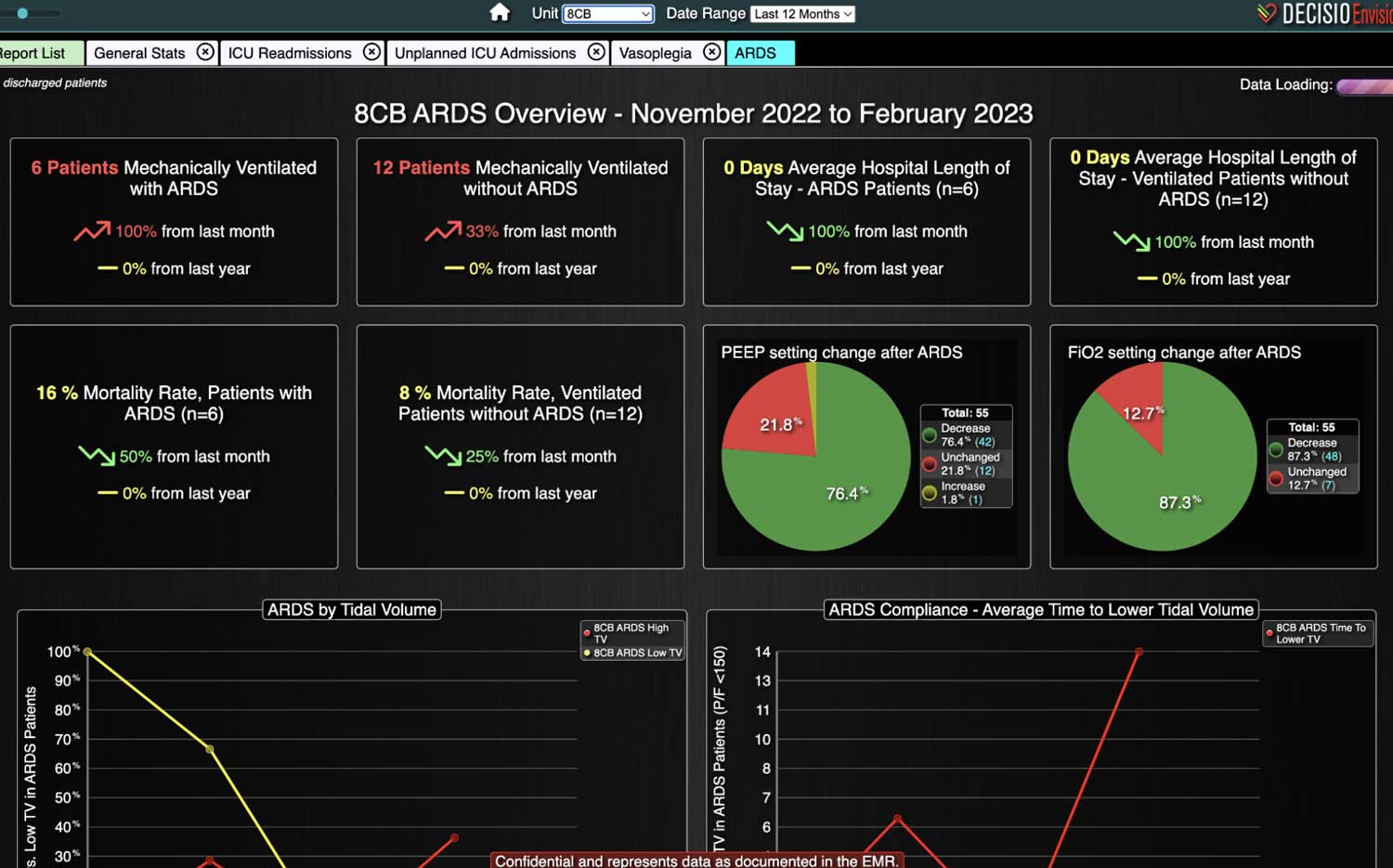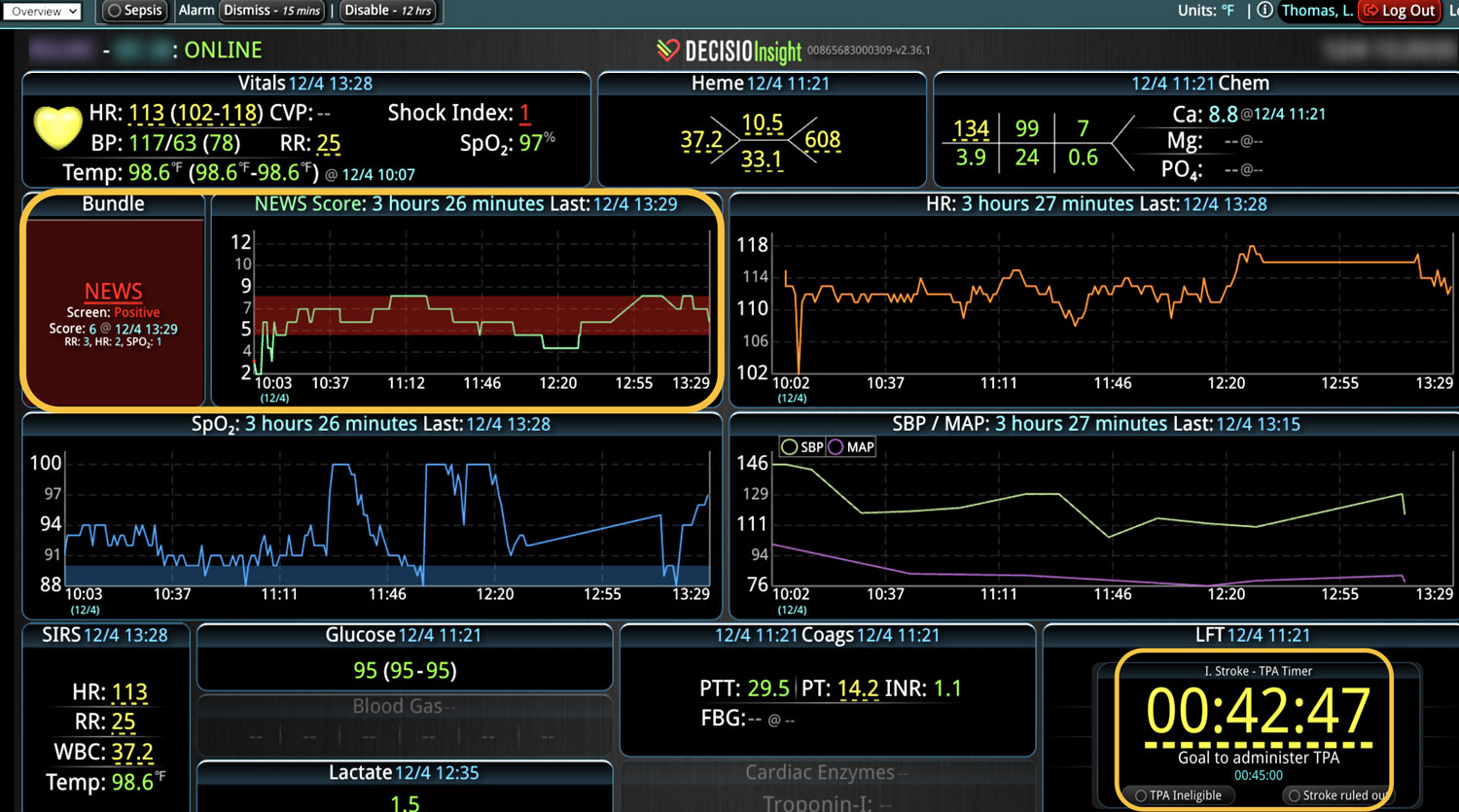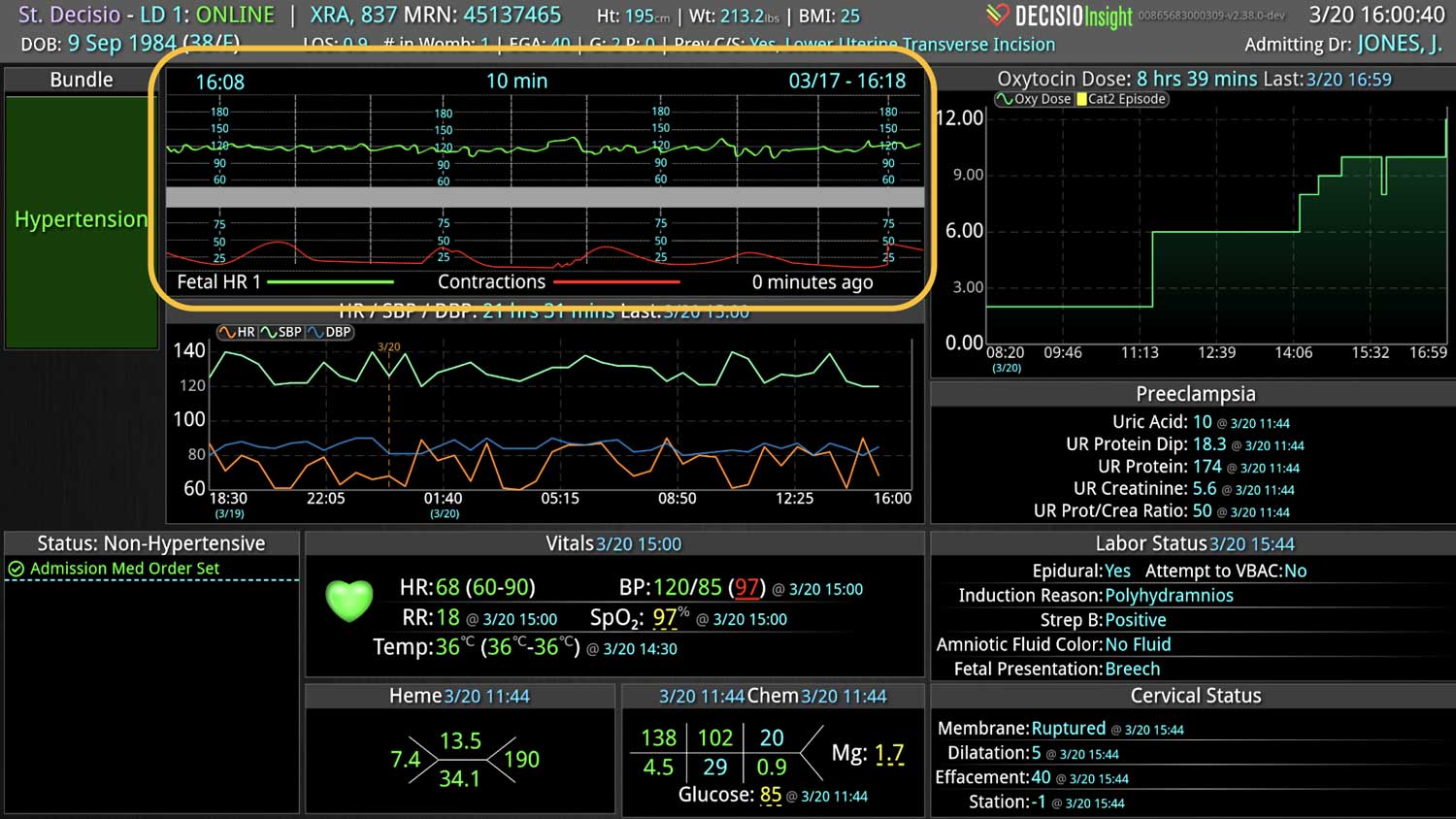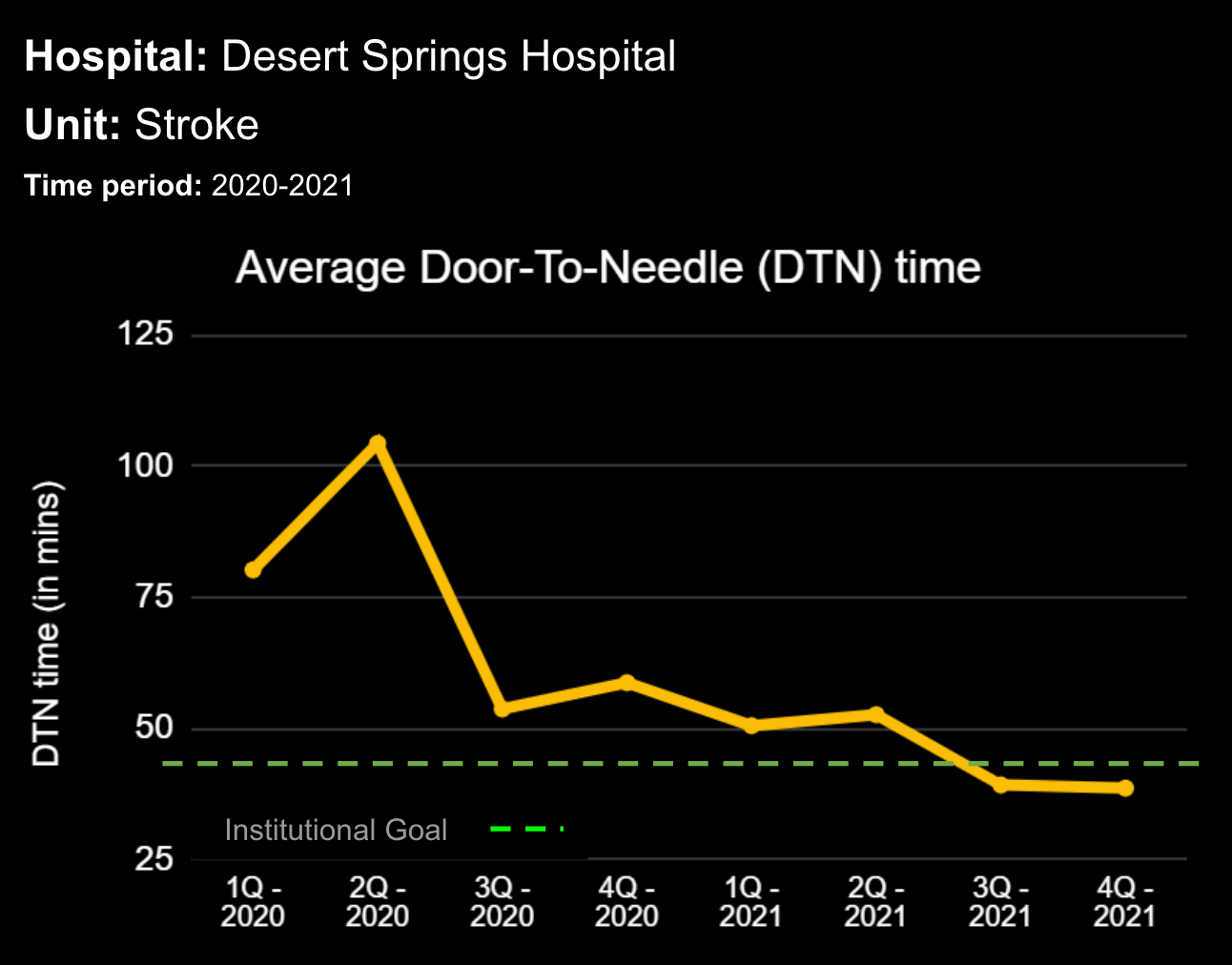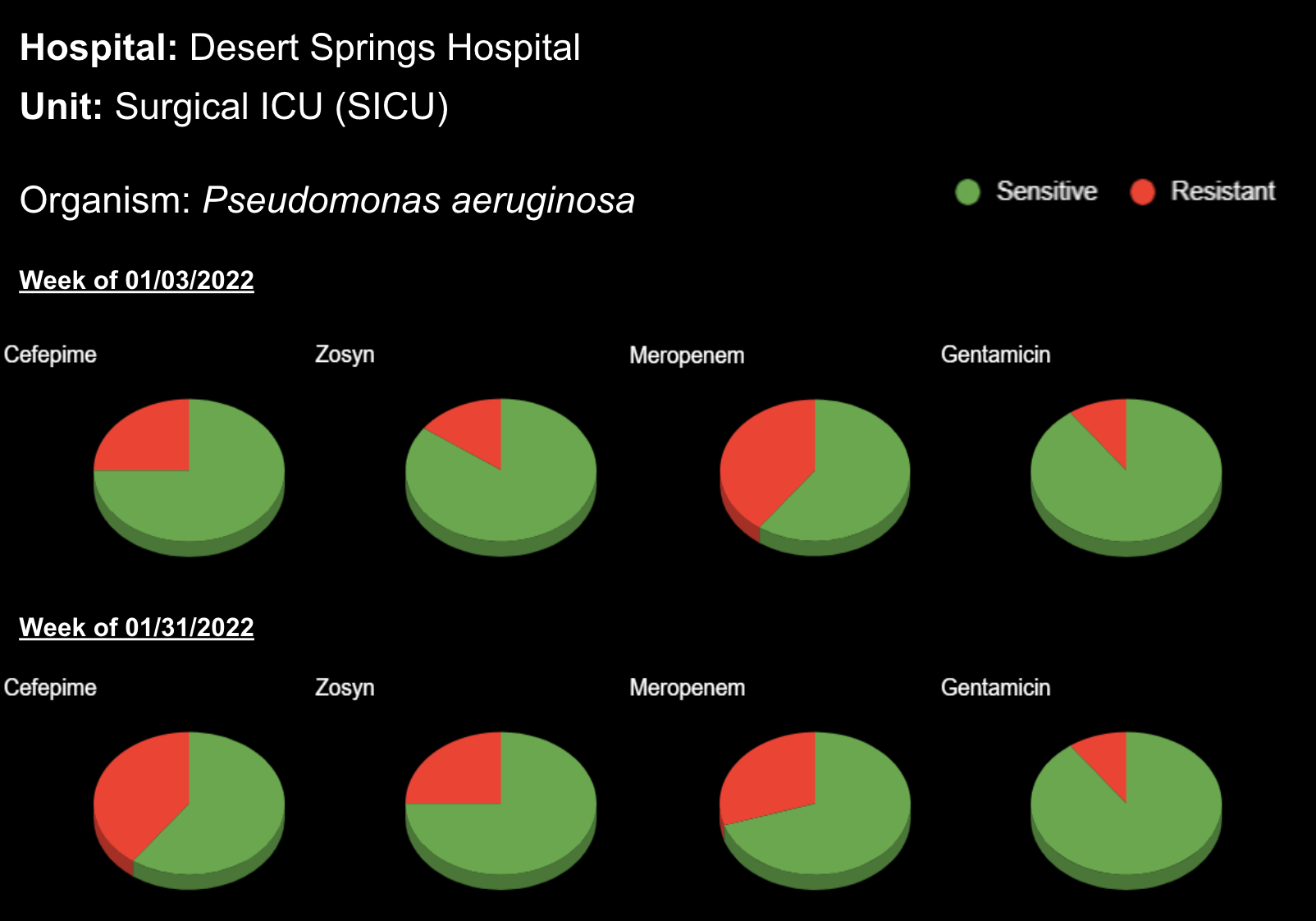11 Feb Picturing the path to Precision health and Better Care
How Digitizing Protocols, Care Pathways, and Best Practices Helps Clinicians Save Lives. One-third of hospitalized sepsis patients die, according to research published in 2017 in JAMA: The Journal of the American Medical Association. Yet there’s recent research that suggests use of early goal-directed therapy, or EGDT, in the emergency department care of patients with severe sepsis and septic shock can save lives.[1] But translating research knowledge and patient information into clinical practice pathways can be complex, time-consuming and resource-exhausting, especially in hospitals already facing challenges that can lead to variation in care at the department level or even throughout the enterprise. Not surprisingly, those challenges can lead to significant consequences for the patient experience and outcomes, including incidence of sepsis, readmission, length of stay and more. This is where digitizing hospital-proven care pathways may hold the power to help beat the odds. “Applying digital capabilities can give the clinician a flashlight for peering into tons of data, which could reveal potentially life-saving insights,” explained Vivek Bhatt, chief technology officer, GE Healthcare Clinical Care Solutions. “Without visibility, how can a clinician begin to see the whole picture?” Digitizing may lead to more compliant care, which translates into improved patient outcomes, including lives saved. A 10% increase in compliance to...














